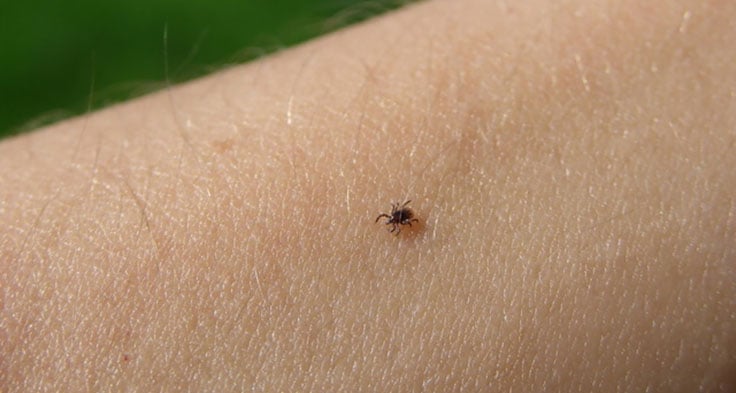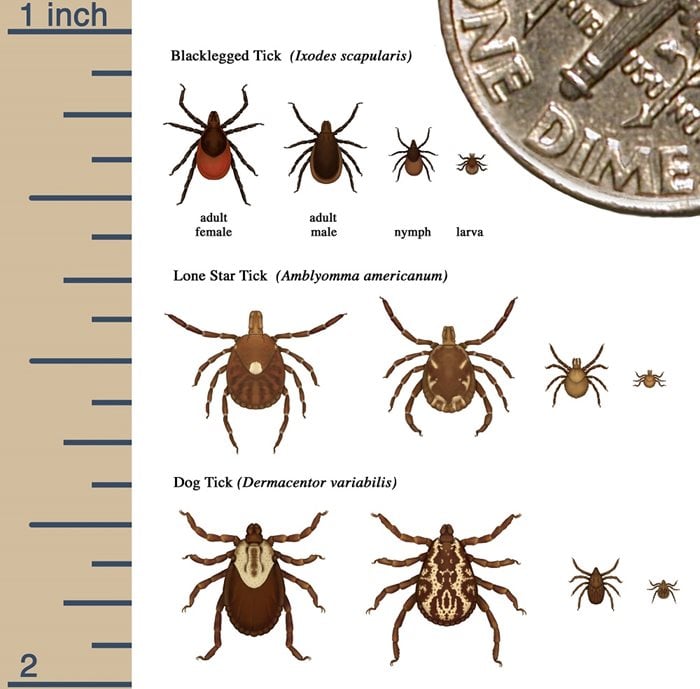Lyme Disease Prevention

Our communities are filled with many gifts of nature, including beautiful woods, rivers, lakes, and fields. We are lucky to live in an area with many opportunities to enjoy the great outdoors. However, those enjoying nature must know some precautions to avoid Lyme disease.
Here are some tips from Emerson Urgent Care to help prevent tick bites that can cause Lyme disease.
What is Lyme Disease?
Lyme disease is the most common vector-borne disease in the country. Vector-borne diseases are illnesses commonly transmitted by ticks, mosquitoes, and fleas.
Lyme Disease Symptoms
It causes symptoms such as fever, headache, fatigue, and sometimes a bull’ s-eye rash. If left untreated, the infection can spread to the joints, heart, and nervous system.
Tick Bite Prevention
- Use tick repellents containing DEET on your skin. For infants, check with your pediatrician.
- Use Permethrin spray on your clothes. Do not apply it directly to your skin.
- Wear insecticide or repellent-treated long-sleeve shirts and long pants.
- When you come home from outside, put your dry clothing in a dryer on the highest heat setting.
How to Identify a Tick
Ticks vary in shape, size, color, and color patterns. For information on identifying different ticks, refer to this tick identification guide from the CDC.

How to Remove a Tick
Check yourself and your children for ticks and promptly remove them if you find them. It is important to check the armpits, hairline, groin, and behind the knees, where ticks like to attach.
- Use tweezers or small forceps to grasp the tick as close to the skin surface as possible.
- Pull straight up gently but firmly; do not twist. Do not squeeze, crush, or puncture the tick’s body.
- Disinfect the skin with antiseptic or rubbing alcohol following tick removal.
- Observe the tick bite area and other body parts for developing a bull’s-eye rash known as erythema migrans.
- Other symptoms of a tick bite can include cardiac, neurologic, and arthritis issues.
When Should You Call Your Doctor or Visit Urgent Care?
A clinician can remove ticks and prescribe an antibiotic if needed to reduce the chance you will develop Lyme disease. It is best to take the antibiotic within 72 hours of tick removal.
Call your physician or visit urgent care if one of the following occurs:
- You have a tick attached to your body that you cannot remove
- A tick has been attached to your body for approximately 36 hours
- You have a bull’s-eye rash
Enjoy the great outdoors, but be smart about ticks and preventing Lyme disease.
